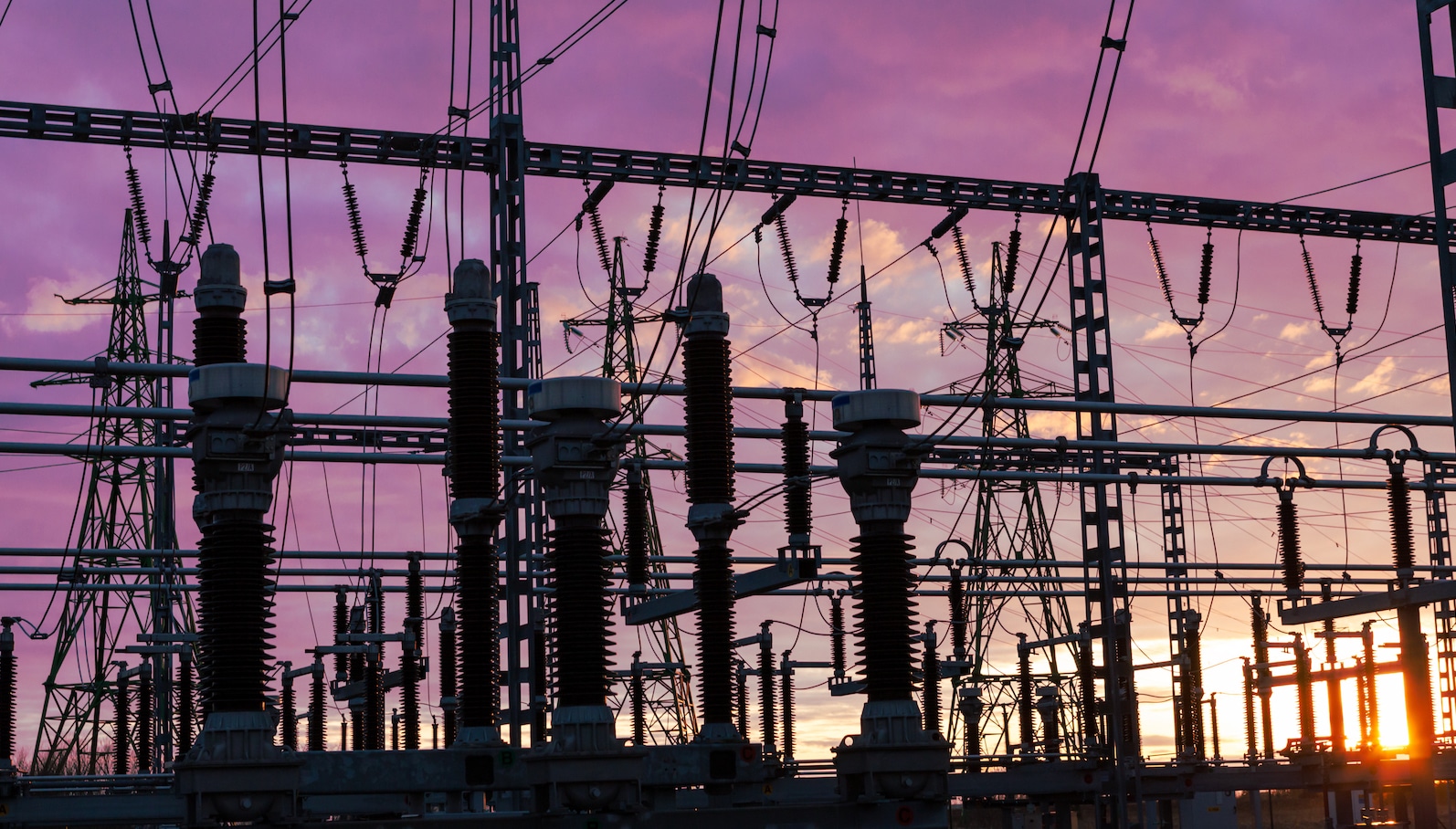The Harmonization of the Grid & Buildings Markets has begun! States our recent report entitled Smart Buildings Meet the Smart Grid. Referring to recent developments in smart grids, distributed energy and their synchronization with smart buildings. As these worlds come together, a forest of skyscrapers looks over a sea of power stations, only separated by the beach of transmission and distribution. Like a small hut on that beach the humble sub-station sits whispering, “I’ve actually been smart for some time.”
In the period after World War II, transmission systems experienced an unparalleled growth phase in reaction to a rising demand for electricity. Forward thinkers in the power sector saw a need for new technologies to play a much more significant role in how the grid was controlled and managed. The industry installed supervisory control and data acquisition (SCADA) and then remote terminal units (RTUs) were introduced. These were followed by the introduction of micro-processor-based relays for control and protection systems.
Well before we started talking about smart grids, the power industry had envisaged an all-knowing grid with technology-enabled substations networked into a highly communicative transmission and distribution grid. While it may not have had the name yet, the idea had smart grid written all over it; the technology just needed time to develop.
“Today, there is not a single component in a substation that has not been enhanced, enriched or augmented by some form of embedded digital technology, making them operate better at higher ratings with more reliability than ever before. However, the challenge now is integrating all of these elements into a totally digital substation and making it work in a demanding environment,” explains engineer and writer Gene Wolf.

While multiple factors are contributing to this continued digitization, the driving force, as usual, is our unrelenting demand for electricity. For example, with grids regularly running at capacity, any sub-station fault has a big impact and needs to be resolved as soon as possible. Modern technology, in the form of the internet of things (IoT), is enabling utilities to predict, identify and resolve faults much more quickly.
Today, the purely analog substation is a rare relic of the past, however completely digitized substation has still not been realized. In fact, the completely digitized substation is a continually moving target for utilities, as technology continues to develop. “The one element that has the most consistent definition among the experts is the communications level,” says Wolf. “In its simplest form, it is a high-speed bidirectional multipoint communications system”.
Until the early 2000s, proprietary equipment meant communications between the different manufacturers’ substation schemes was fragmented at best. In 2003 the International Electrotechnical Commission (IEC) published the long awaited 61850 communications standard, finally creating a uniform basis for the protection, control and communications of substations.
The digital substation also introduced a process bus to add greater flexibility and enhance communication between digital devices. It replaced the traditional analog controls found in control cabinets in the circuit breakers, motor-operated disconnect switches, power transformers and metering devices. Replacing copper cables with far more efficient fiber optics also leads to a far more cost effective proposition.
Now the IoT has brought the purely digital substation into sight. One innovative project currently underway is the Future Intelligent Transmission Network Substation (FITNESS) in Scotland. Sponsored by the UK’s Office of Gas and Electricity Markets (OFGEM), FITNESS is developing a state-of-the-art digital substation network to demonstrate how digitalized information, automation and communications technology within a substation can improve reliability and controllability.
“This project will demonstrate how digitalized communications within a substation can increase controllability, facilitate the integration of intermittent renewables and improve safety by replacing copper cabling with fiber optics. A key element of our ‘next level’ strategy is to focus on enabling the automation of the grid in line with our Internet of Things, Services and People approach to help utilities improve reliability and ensure safe and clean energy supply to consumers,” said Claudio Facchin, president of project partner ABB’s power grids division.
Deploying the IoT in substations and throughout the grid offers new opportunities but plenty of challenges too, according to our report. “We believe that the combined developments related to the key technological forces that underpin the IoT, namely Big Data, cloud computing and mobility are having a profound disruptive effect on business models and operational models in the Energy and Smart Buildings markets.”
The smart substation may be a small part of the grid “smartification” story but its journey is representative of a much wider movement that integrates renewable and distributed energy sources into a highly efficient, highly communicative and standardized energy system.
[contact-form-7 id="3204" title="memoori-newsletter"]



